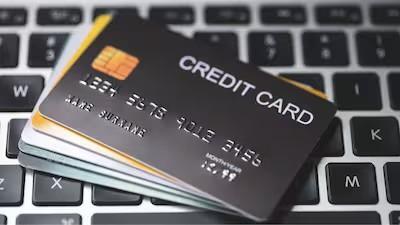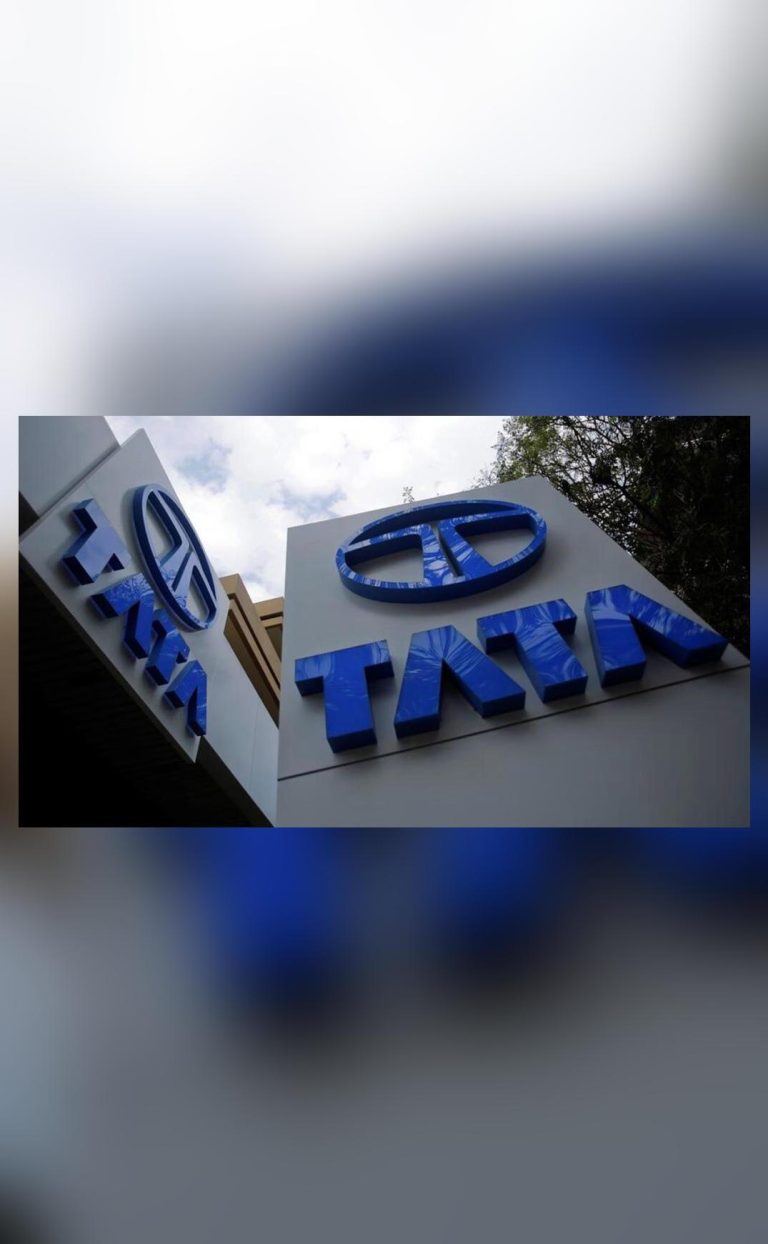
What is Card Cloning Fraud and How Does it Happen?
In today’s digital age, card cloning has become a significant concern for individuals who use debit or credit cards for transactions. Card cloning occurs when cybercriminals copy the details of a debit or credit card to make duplicates and use them for unauthorized transactions. This type of fraud can happen to anyone, anywhere, and at any time, making it essential to understand how it works and how to protect yourself from falling victim to it.
Card cloning is a type of identity theft where the perpetrator steals the information from a card, including the card number, expiration date, and security code, to create a duplicate card. This duplicate card can then be used to make purchases, withdraw cash, or perform other transactions without the knowledge or consent of the original cardholder. The information is typically stolen through various means, including skimming devices, online scams, or malware.
One of the most common ways that card cloning occurs is through the use of skimming devices. These devices are often attached to ATMs or point-of-sale terminals and are designed to capture the card information when a card is inserted or swiped. The skimming device can be hidden inside the ATM or terminal, making it difficult to detect. In some cases, the card is secretly swiped twice at a restaurant, once for payment and once on a skimmer, allowing the perpetrator to steal the card information.
Another way that card cloning occurs is through online scams. Cybercriminals may use phishing emails or fake websites to trick individuals into providing their card information. Once the information is obtained, it can be used to create a duplicate card or to make unauthorized transactions. Malware is also a common way that card information is stolen. This type of software can be installed on a computer or mobile device, allowing the perpetrator to access the device and steal sensitive information, including card details.
To clone a card, the perpetrator needs to obtain the card information, including the card number, expiration date, and security code. This information can be stolen through various means, including skimming devices, online scams, or malware. Once the information is obtained, it can be used to create a duplicate card using a card printing machine. The duplicate card can then be used to make purchases, withdraw cash, or perform other transactions.
The process of card cloning can be broken down into several steps:
- Skimming: The perpetrator attaches a skimming device to an ATM or point-of-sale terminal. The device captures the card information when a card is inserted or swiped.
- Data Collection: The perpetrator collects the card information, including the card number, expiration date, and security code.
- Card Printing: The perpetrator uses a card printing machine to create a duplicate card using the stolen information.
- Transaction: The perpetrator uses the duplicate card to make purchases, withdraw cash, or perform other transactions.
To stay safe from card cloning, it is essential to be aware of the risks and take steps to protect yourself. Here are some simple steps to stay safe:
- Monitor your account: Regularly check your account statements to detect any suspicious transactions.
- Use strong passwords: Use strong and unique passwords for your online accounts, and avoid using the same password for multiple accounts.
- Avoid using public computers: Avoid using public computers or public Wi-Fi to access your online accounts or make transactions.
- Keep your card information safe: Keep your card information safe and secure, and avoid sharing it with anyone.
- Use two-factor authentication: Use two-factor authentication whenever possible to add an extra layer of security to your accounts.
In conclusion, card cloning is a significant concern for individuals who use debit or credit cards for transactions. It is essential to understand how card cloning works and how to protect yourself from falling victim to it. By being aware of the risks and taking steps to protect yourself, you can reduce the risk of card cloning and keep your financial information safe.






